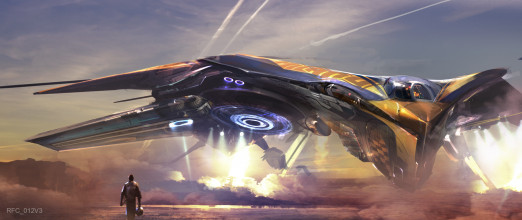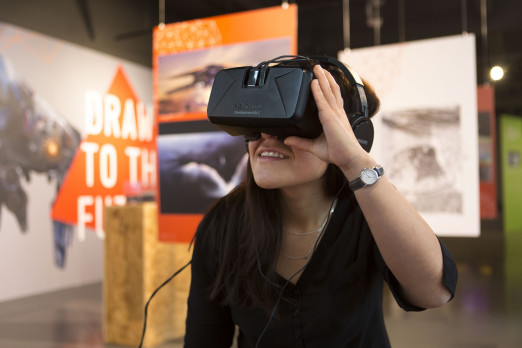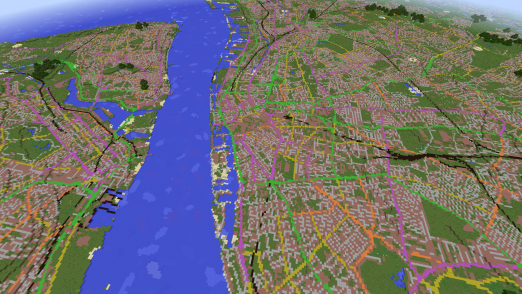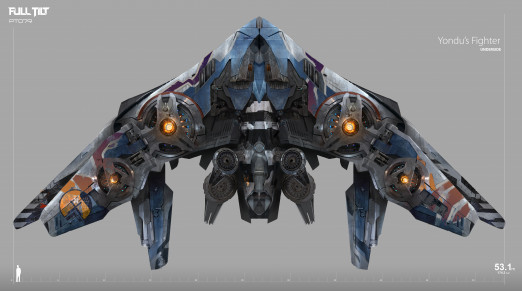Interview with Richard Benson, Pikcells
Imperfect CGI world
Computer-generated imagery by Pikcells
Software used includes Autodesk 3dsmax, Vray, Photoshop
Much of the imagery used to sell in new-builds, interior design and related products and services, is not there: it’s a fiction, a promise of what might be. It looks like stunning photography but is constructed in CGI. Many companies, such as IKEA, replaced photography for the benefits of control, cost and time-to-market of photorealistic CGI. A key aspect of this work is to add in the sophisticated imperfects of everyday life while still making the subject look desirable. Pikcells is one studio at the forefront of the developments, based in Huddersfield, Yorkshire. Co-founder and creative director Richard Benson says: ‘Everything has to have chaos to remove the perfection, and there needs to be balance in the design and placement of objects. People are really good at spotting perfection so it is important to make sure each object conforms to its real-life counterpart…’
Context
Could you tell us a little bit about the evolution of your company, how it has adapted to changing technologies and aesthetics? What different skills/backgrounds do the staff have in terms of image-making? What were the briefs for the Falco and Koncept Residential projects?
Richard Benson: We initially started as a solely visualisation company, taking designs from architects and developers and making them look nice. As we started to do more work for furniture companies the need for interior architectural and spatial design skills became more and more important.
Most of us come from a design background so this transition was relatively straightforward and fully embraced by the team as it's ultimately more satisfying and easier to work with your own designs.
Falco wanted a very specific look, close in views, on trend styling that would appeal to a European audience. We were asked to design furniture then put it into a space which would show what was possible with the decor products. Lush, bold, beautiful images which would stand out from the competition.

Koncept was similar, Kronospan had a new external cladding product and wanted some unique but current looking architecture for it to sit on. A brief that could only be achieved using CGI. We were to incorporate different weather scenarios to highlight the material's flexible properties.

Research
For the Falco project how do you decide on the design and propping of the spaces? What kinds of inspiration or visual references aid your thinking and concept? Do you do have any kind of testing beforehand?
Richard Benson: We always start by gathering solid references which fit the requirements of the brief, one of the main points was to create compositions which were quite close to the product so you could see the material properties. Falco selected some really nice colour and texture combinations which we then extrapolated out into the visual cues for each space.
When aiming for realism we think it's vital that you have some really good photography to work towards, as opposed to trying to emulate some realistic looking CGI as reference. We gather references for design, lighting and detail as all are vital for a realistic end product.
Once we have a general concept we move into the 3d software and start blocking in and setting up cameras. These initial massing renders are then brought into photoshop where we start to add textures and details.
Making
Could you briefly take us through the basic elements of building an image for Falco and Koncept Residential? What was the most challenging aspect of these projects?
Richard Benson: Essentially each project has 3 stages, pre-production, production and post-production. Pre-production involves all the research and design stages, massing in volumes and composing cameras until you have the foundations of a good image. Then we move to production which is where we make these designs appear real. Post-production is retouching the final renders.
The most challenging aspect of a design led project always seems to be the beginning. On these projects in particular we are starting with a completely blank canvas, we have to invent some context and landscape to base the buildings and spaces in. When you start from nothing, it can take a while sometimes to get the basic elements to work together.

The inherent nature of CG makes it a really great design tool, we can very quickly mass in shapes and volumes, removing the sketching stages almost entirely.
Keeping everything relevant and appropriate to the brief requirements, not giving in to personal preference.
The Visual
The images for Falco are highly geometrical and graphic, very expressive of shape, colour and their contrasts. How much of this is a function of the brief, your aesthetic or the technology?
Richard Benson: The design is a direct result of the brief, the product limitations and the trends. The product [Decor panels] can only be used in flat straight pieces so this dictates the design of the space and furniture quite heavily. Naturally it's easier to create hard surface objects in CG but the “geometric” trend was very popular at that time so was used throughout. This probably helped with the realism too!
How do you draw the line between an image that is hyperreal, slightly overproduced and an image that is crisp? How did you decide on the incidental detail such as the ‘volumetric fog’?
Richard Benson: To create images which avoid overproduction, we avoid using traditional filters and doing too much post-production and retouching. Often in CG there is a lot of focus placed on post-production and it's very tempting to enhance a render using vignettes, dirt maps, DOF and filters such as chromatic aberration. If you are aiming for hyper-realism there are no shortcuts and we aim to ensure each image has the following considerations applied to it.
Detail - Observing how real things look and are constructed.
Imperfection - Chaos, rotating everything just a little bit.
Accurate & plausible design - So that people believe what they are seeing could be real.
Realistic lighting & environment - Atmospheric effects.

These processes are part of an integrated system at the studio where we observe and document the many properties of reality, then we select and implement appropriate ones when necessary, like the atmospheric fog on Koncept.

Futures
What next for Pikcells? How do you see this particular process of image-making evolving?
Richard Benson: The continuing advent of real time rendering tech will make it even easier to see the end result and allow artists more time to achieve what they are after, so generally we will see an overall improvement in the quality of CGI and also a much bigger range of uses and applications for it.
For more info on Pikcells click here





